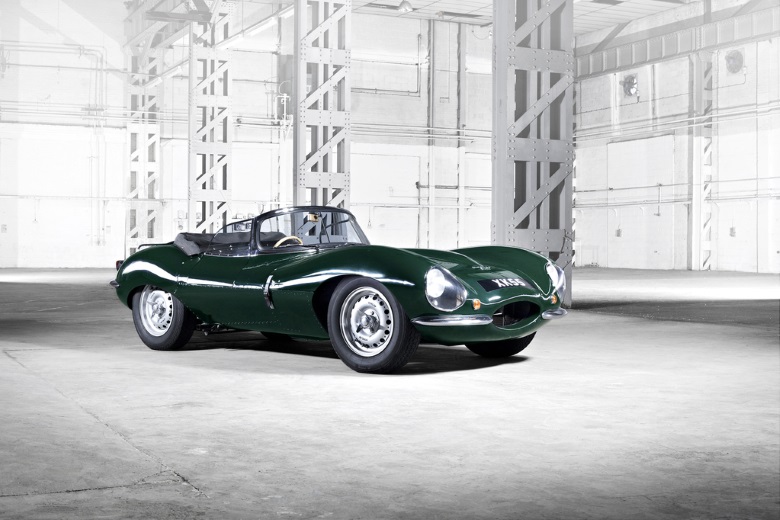Jaguar Classic announced that the hotly-anticipated continuation Jaguar XKSS will receive its world debut presentation the next november in California, during the Los Angeles Auto Show. Production of the exclusive continuation Jaguar XKSS will be limited to just nine examples, hand-crafted by Jaguar Classic expert technicians and manufactured to the exact same specification as those produced in 1957.
Often referred to as the world’s first supercar, Jaguar originally made the XKSS as a road-going version of the Le Mans winning D-type, and cars built in ’57 were originally earmarked for export to the U.S., but disaster struck and a number were lost to the Browns Lane fire of the same year. Now, 59 years later, Jaguar will build the nine ‘lost’ XKSS sports cars for a select group of established collectors and customers. All nine continuation XKSS are now sold, with first deliveries to customers planned for early 2017.
Tim Hannig, Director of Jaguar Land Rover Classic, said: «The continuation XKSS reaffirms our commitment to nurture the passion and enthusiasm for Jaguar’s illustrious past by offering exceptional cars, services, parts and experiences».
Lightweight E-type chassis number 15 is one of the famous “Missing Six” produced as continuation models in 2015. Owned by Stratstone, chassis number 15 made its racing debut this month at the Le Mans Classic Circuit de la Sarthe on Saturday 09 July.
These missing chassis numbers – 13 to 18 – were found in 2014, and so the modern-day production by Jaguar Land Rover’s new Special Vehicle Operations division’s Jaguar Classic, got underway. Jaguar Land Rover’s Special Operations team focus on delivering halo vehicles, bespoke commissions, classic car products and branded goods.
Jaguar Land Rover Special Vehicle Operations has the responsibility within Special Operations to create a range of high performance production models for both Jaguar and Land Rover, vehicle personalisation products and low volume, high value Limited Edition models for both brands.
The modern incarnation of the Lightweight E-type saw Jaguar Classic deploy modern iterations of the company’s original 1960s tooling and production methods. Replete with world-leading aluminium body technology, skilled hand craftsmanship, the six-cylinder XK engine with its aluminium block, wide angle aluminium cylinder head and dry sump lubrication (derived from the Le-Mans winning D-type of the 1950s), the 2015 Lightweight E-type is both original and special in every way. The cars have been delivered as period competition vehicles, fully compliant with FIA homologation for historic motorsport purposes.













